Here are some examples of traditional and universal nonbinary gender identites:
FA'AFAFINE (SAMOA)
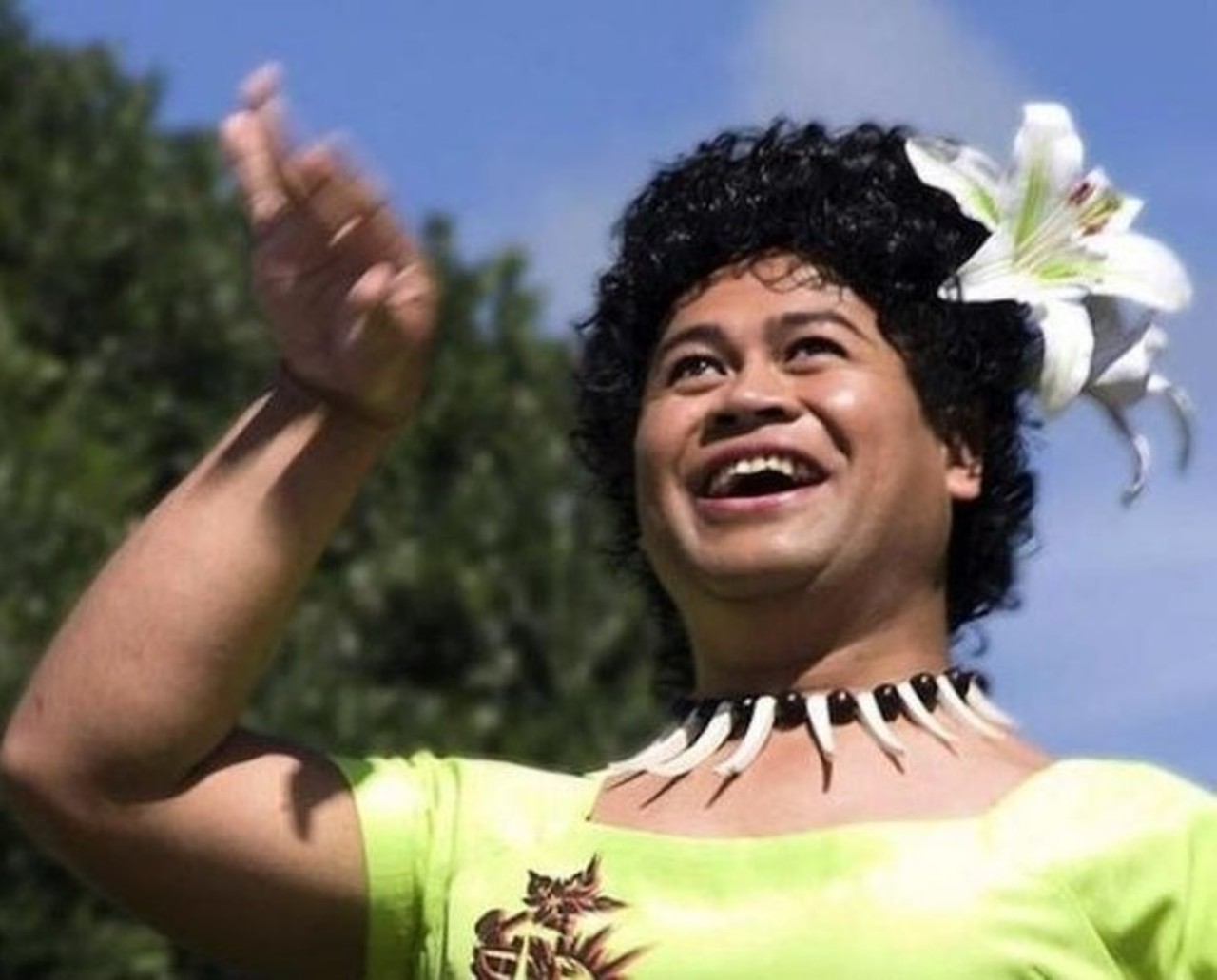
People who identify as fa'afafine - the word for which literally translating to ‘in the manner of’ (fa’a) ‘woman’ (fafine) - have always existed within Samoan society. Fa'afafines have a very specific role in Samoan society, are fully accepted within Samoan society and their families. If a boy displays marked effeminate behavior in childhood, they are recognized to be fa'afafines, which is a whole separate gender. Within Samoan society, tolerance of all individuals & their likes, dislikes, and choices is of high importance. From a young age, Samoan children are not pushed to conform to particular gender roles in the same way Western kids generally are.
HIJRA (SOUTH ASIA)
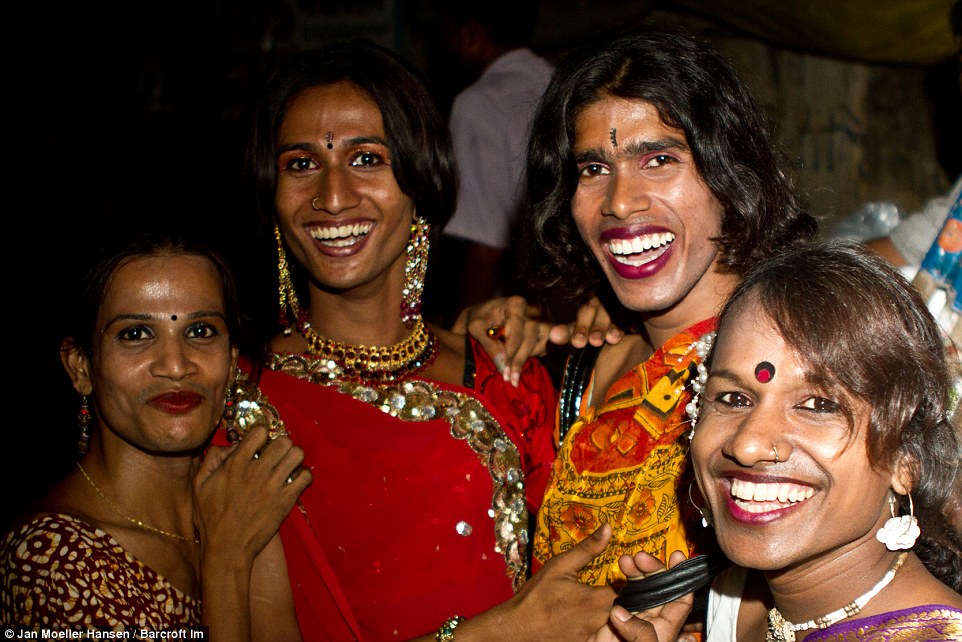
In South Asian cultures including India, Pakistan, and Bangladesh, hijras are people assigned male at birth who adopt a feminine gender identity, women's clothing and other feminine gender roles. In the past the term referred to eunuchs, those born intersex, or those with indeterminate genitalia. Most hijra do not consider themselves to be men/women nor transgender, but a distinct third gender. A tradition of castration still exists among Hijras, but is no longer requisite to be recognized as a hijra. They generally live on the margins of society and many are forced to survive by begging or thru sex work. In India per Hindu mythology, hijras represent the half-male, half-female image of Shiva (an image symbolic of a being that is ageless and has no sexual characteristics). Hijras have a long recorded history in the Indian subcontinent, from the Mughal Empire period onwards. Many hijras live in well-defined, organized, all-hijra communities, led by a guru. (The word hijra is originally from Urdu, but has been adopted into Hindi. In Urdu, it is considered an epithet, so the term Khwaja Saraa is used instead). Despite the decriminalization of their existence within India in 1952 (having been criminalized under British rule), the stigma against them continues today.
TWO-SPIRIT (VARIOUS NATIVE AMERICAN PEOPLES)
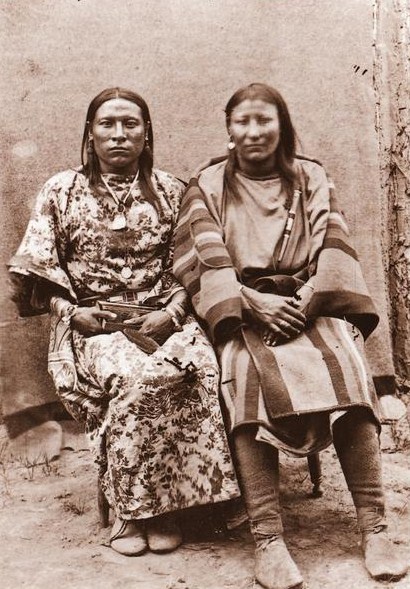
Native Americans have often held intersex, androgynous people, feminine males and masculine females in high respect. The most common term to define such people today is the pan-Native American term "Two-Spirit," but in the past feminine males were sometimes referred to as "berdache" by early French explorers in North America, who adapted a Persian word "bardaj" (meaning "an intimate male friend"). Because these androgynous males were commonly married to a masculine man, and/or had sex with men, and the masculine females had feminine women as wives, the term berdache had a clear homosexual connotation. Both the Spanish settlers in Latin America and the English colonists in North America condemned them as "sodomites." Rather than emphasising the homosexuality of these persons, however, many Native Americans focused on their spiritual gifts - often looking to these people as religious leaders and teachers. Native American traditionalists, even today, tend to see a person's basic character as a reflection of their spirit. Since everything that exists is thought to come from the spirit world, Two-Spirit people are seen as doubly blessed, having both the spirit of a man and the spirit of a woman. Thus, they are honoured for having two spirits, and are seen as more spiritually gifted than the typical masculine male or feminine female.
Quite similar religious traditions existed among the native peoples of Siberia & many parts of Central and southeast Asia. Since the ancestors of Native Americans migrated from Siberia over 20,000 years ago, and since reports of highly respected androgynous persons have been noted among indigenous Americans from Alaska to Chile, androgyny seems to be quite ancient among humans. Rather than the physical body, Native Americans emphasised a person's "spirit", or character, as being most important. This alternative gender status within many Native American societies offers a range of possibilities, from slightly effeminate males or masculine females, to androgynous people, to those who completely dress and act as the opposite of what they were originally assigned. The emphasis of Native Americans is not to force every person into one box, but to allow for the reality of diversity in gender and sexual identities. Two-spirit people were respected by native societies not only due to religious attitudes, but also because of practical concerns. Because their gender roles involved a mixture of both masculine and feminine traits, two-spirit persons could do both the work of men and of women. They were often considered to be hard workers and artistically gifted, of great value to their extended families and community. Among some groups, such as the Navajo, a family was believed to be economically benefited by having a "nadleh" (literally translated as "one who is transformed") androgynous person as a relative. Two-spirit persons assisted their siblings' children and took care of elderly relatives, and often served as adoptive parents for homeless children. A feminine male who preferred to do women's work (gathering wild plants or farming domestic plants) was logically expected to marry a masculine male, who did men's work (hunting and warfare). Because a family needed both plant foods and meat, a masculine female hunter, in turn, usually married a feminine female, to provide these complementary gender roles for economic survival. The gender-conforming spouse of Two-Spirit people did not see themselves as "homosexual" or as anything other than "normal".
Most of the evidence for respectful two-spirit traditions is focused on the native peoples of the Plains, the Great Lakes, the Southwest, and California. With over a thousand vastly different cultural and linguistic backgrounds, it is important not to overgeneralise for the indigenous peoples of North America. Some documentary sources suggest that a minority of societies treated two-spirit persons disrespectfully, by kidding them or discouraging children from taking on a two-spirit role. However, many of the documents that report negative reactions are themselves suspect, and should be evaluated critically in light of the preponderance of evidence that suggests a respectful attitude. Some European commentators, from early frontier explorers to modern anthropologists, also were influenced by their own homophobic prejudices to distort native attitudes. In the 20th-century, as homophobic European Christian influences increased among many Native Americans, respect for same-sex love and for androgynous people greatly declined. Two-spirit people were often forced, either by government officials, Christian missionaries or their own community, to conform to standard gender roles. Some, who could not conform, either went underground or committed suicide.
MĀHŪ (HAWAII)
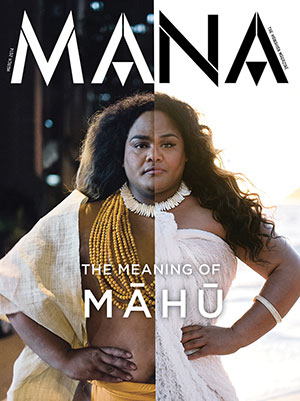
Long before Cook's arrival in Hawaii, a multiple gender tradition existed among the Kanaka Maoli indigenous society. The Māhū could be people described as inhabiting a gender role somewhere between/encompassing both of the binary genders. Their social role is sacred as educators and promulgators of ancient traditions and rituals. The arrival of Europeans and the colonization of Hawaii nearly eliminated the native culture, and today Māhū face discrimination in a culture dominated by white European ideology about gender (aka "only 2 genders" and all that jazz).
5 TRADITIONAL BUGIS GENDERS (SOUTH SULAWESI PROVINCE OF INDONESIA)
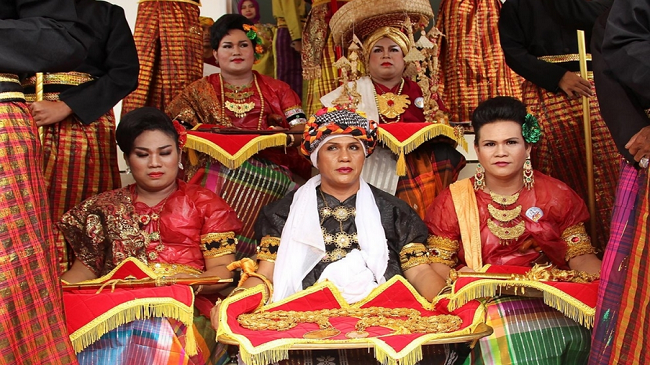
The Bugis of South Sulawesi recognise five different genders, and each is considered essential to the maintenance of balance and harmony in Bugis society. The majority of Bugis belong to one of two main genders: people who are assigned male at birth and act masculine (Oroané), or those who are assigned female at birth who act feminine (Makkunrai). Bugis also recognise Calalai’ — those assigned female at birth who live and work more like men in society; and Calabai’ — people assigned male at birth who live like women, wear feminine clothes, and perform many of the functions that women traditionally perform. Typically, neither Calalai’ nor Calabai’ people actually want to become Oroané/Makkunrai, as they are comfortable holding gender identities that are non-binary, and they are generally accepted as such in Bugis society.
In addition to these, a fifth traditional Bugis gender (Bissu) is also recognised, and is considered highly valued by many. Bissu are a class of traditional priest — experts in pre-Islamic Bugis belief systems and rituals. They are regarded as embodiments of male, female, mortal and deity combined. They embody elements of all of those genders within them. This blending of genders is believed to bestow special spiritual powers upon them, and they are highly regarded in Bugis society for having a unique ability to intercede with the spirit world. Bissu orchestrate a range of important ceremonies. They heal the sick, officiate at weddings, and bestow ritual blessings upon people in the community. Some Bissu are born intersex, though this is not always the case - but irrespective of their biology, most Bissu have an androgynous appearance.
NONBINARY
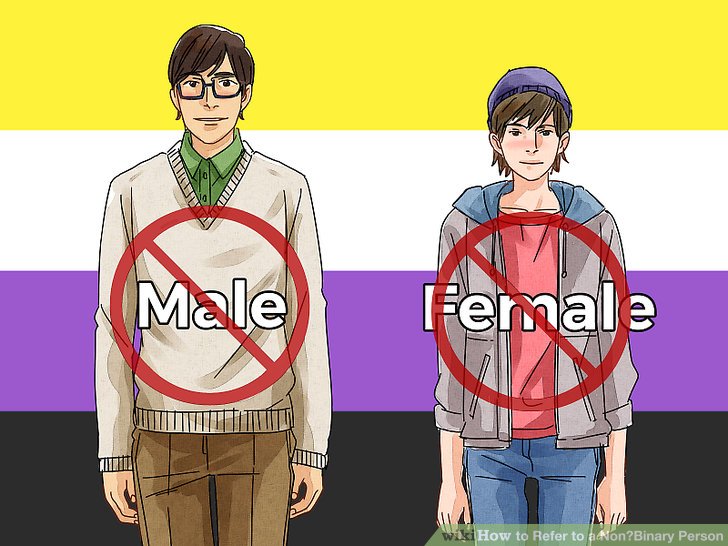
As explained previously, nonbinary people are neither exclusively male nor exclusively female in terms of their gender identity.
AGENDER

Agender is an umbrella term in itself, having different personal definitions from person to person. The word agender means "without (a-) gender," though some use it in a different sense (e.g. having an unknown/undefinable gender, not wanting to label their gender, etc).
BIGENDER

Bigender people generally identify as having 2 genders, whether simultaneously or back and forth between them. The word bigender begins with the prefix "bi-," meaning two (like with bisexual, biromantic, etc)
DEMIGENDER
![Demigender, Genderfluid, & Genderflux The top part describes the term demigender: 'Demigender refers to people who partially identify as one gender. Demigender people may also identify as partially a different gender. Examples include demigirl, or someone who partially identifies as a girl; demiboy, or someone who partially identifies as a boy; demiagender, meaning someone who identifies as partially agender; and more broadly, deminonbinary, or someone who just partially identifies as nonbinary.' The demigirl and demiboy flags are shown to the right (both flags including grey, light grey, white, and pink/blue - pink for the former, blue for the latter). The bottom part talks about the terms genderfluid and genderflux: 'Genderfluid refers to someone whose gender changes between any of the above categories [referring to previously stated gender identities within the original post]. For example, someone may feel female one day, male another day, and agender the next day. Similarly, genderflux refers to someone whose gender changes in intensity. This typically means that someone's gender will fluctuate between agender and a different gender, which could be binary or nonbinary. For example, someone might sometimes feel completely female, sometimes like a demigirl, and sometimes agender.' The genderfluid and genderflux flags are shown to the right, with the former including pink, white, black, blue, and a purpleish color, & the latter using yellow, pink, a medium-light blue, a light blue, a light grey-ish color and a darker pink.](demifluidflux.jpg)
When in front of a gender identity (e.g. demigirl, demiboy, etc), the prefix "demi-" (meaning half) indicates only a partial connection to an identity.
GENDERFLUID
A genderfluid person's gender identity varies over time. At any given time, they may identify as male, female, any other identity, or a combination of identities.
GENDERFLUX
Similarly to genderfluid, a genderflux person's gender identity changes in intensity over time.